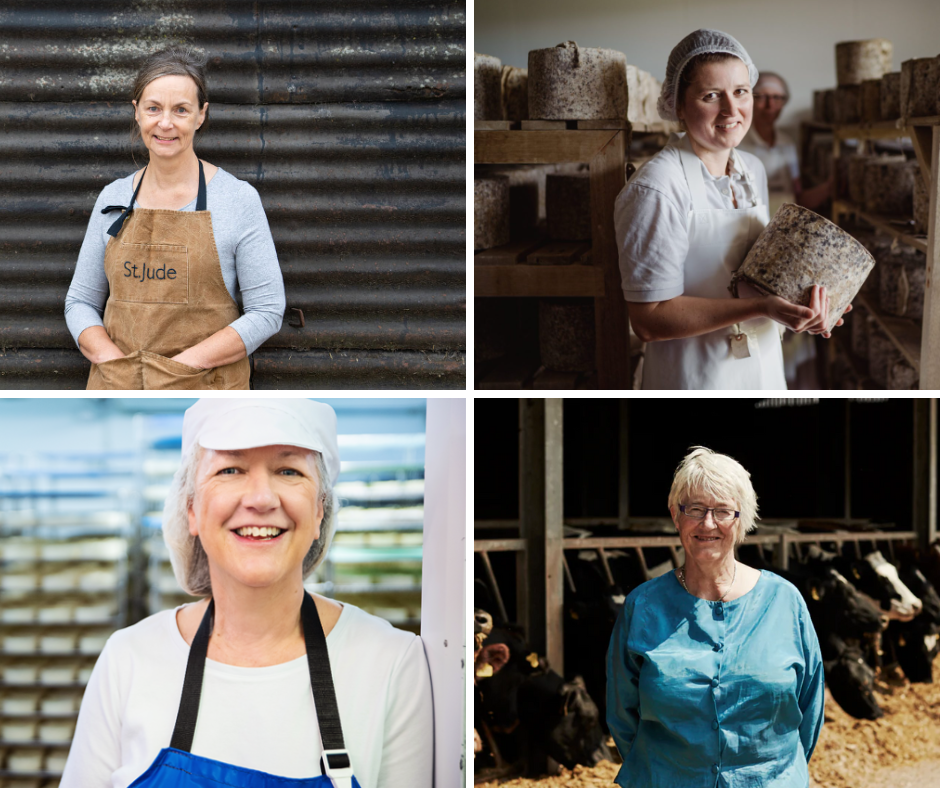A Taste of Credibility: Floridia Cheese Melbourne and Its Workmanship
A Taste of Credibility: Floridia Cheese Melbourne and Its Workmanship
Blog Article
Opening the Tricks of Artisanal Cheese Making: A Detailed DIY Overview
In the world of cooking workmanship, artisanal cheese making stands as a testimony to the fragile equilibrium in between custom and technology. As we get started on this journey to demystify the art of creating splendid cheeses, we are faced with a tapestry of tricks and skills waiting to be unwinded.
Choosing the Right Milk
When getting started on the trip of artisanal cheese making, the selection of milk plays a critical function in identifying the top quality and qualities of the final item. The type of milk selected impacts the taste, structure, and in general account of the cheese.
In addition, the source of the milk, whether from cows, goats, lamb, or buffalo, adds distinct flavors and qualities to the cheese. Each kind of milk brings its very own subtleties, allowing for a large array of cheese selections to be crafted based on the chosen milk.
Culturing and Coagulating
To start the cheese-making procedure, the critical steps of culturing and coagulating should be very carefully implemented to change milk right into curds and whey. Culturing entails presenting beneficial bacteria to the milk, which then starts the fermentation process. These microorganisms transform lactose (milk sugar) right into lactic acid, developing the acidic setting essential for coagulation. The sort of society utilized can dramatically influence the taste, structure, and ripening of the final cheese product.
.jpg)
The timing and temperature level control during culturing and coagulation are essential variables that influence the last outcome of celebrity. Appropriate implementation of these steps is vital to make sure the desired appearance, flavor, and uniformity of the artisanal cheese being created.
Draining Pipes and Pressing Curds
After the milk proteins have coagulated and the curds have been cut to release whey, the following essential action in artisanal cheese making involves draining pipes and pushing the curds to accomplish the wanted texture and uniformity of the final cheese item. Draining is the procedure of separating the curds from the whey. This can be done by moving the curds right into a cheesecloth-lined bowl-shaped sieve or mold and mildew and permitting the whey to drain pipes off normally. The time for draining pipes can differ depending upon the kind of cheese being made and the desired dampness web content.
When the curds have actually sufficiently drained, the next action is pushing. Pressing assists get rid of any remaining whey and compacts the curds to develop a strong cheese wheel. Pushing this post can be done using specialized cheese presses that apply gentle and regular stress over an amount of time. The duration and pressure applied during pushing will certainly affect the last structure of celebrity, from soft and velvety to difficult and company. Appropriate pressing and draining pipes are crucial steps that considerably affect the high quality and attributes of the artisanal cheese being created.
Aging and Flavoring Methods
Applying careful aging and flavoring methods is pivotal in improving the deepness and complexity of artisanal cheeses, raising their preference profiles to elegant levels of improvement and class. Aging plays an essential duty in developing the special tastes and textures that differentiate artisanal cheeses.
Seasoning techniques additionally contribute dramatically to the final taste of artisanal cheeses. Cheesemakers might pick to introduce extra tastes by including ingredients such as herbs, spices, and even fruits into celebrity throughout the manufacturing process. Additionally, some cheeses are washed or scrubed with different fluids, such as salt water or alcohol, to boost their flavors and textures.
Wrapping and Keeping Cheeses

Conclusion
Finally, mastering the art of artisanal cheese making includes thoroughly picking the best milk, adhering to accurate culturing and coagulating procedures, draining and pushing curds successfully, and utilizing different aging and flavor techniques. By complying with these actions vigilantly and with focus to information, you can create your own tasty and one-of-a-kind cheeses at home. Keep in mind to cover and store your cheeses correctly to ensure optimum flavor and texture development. Delighted cheese making!
Each kind of milk brings its own nuances, enabling for a large variety of cheese ranges to be crafted based on the picked milk.After the milk healthy proteins have actually coagulated and the curds have actually been reduced to release whey, the following essential step in artisanal cheese making involves draining and pressing the curds to achieve the desired appearance and uniformity of the last cheese item. Most cheeses should be wrapped in wax paper or cheese paper to permit them to take a breath while shielding them from drying out. For cheeses that require to continue aging, such as bloomy rinds or washed peels, guarantee they are kept in a trendy setting like a cheese cave or a refrigerator set to the proper temperature level. By paying interest to the wrapping and storage space of artisanal cheeses, cheese manufacturers and lovers can preserve the integrity of these specials and completely enjoy their complex tastes.
Report this page